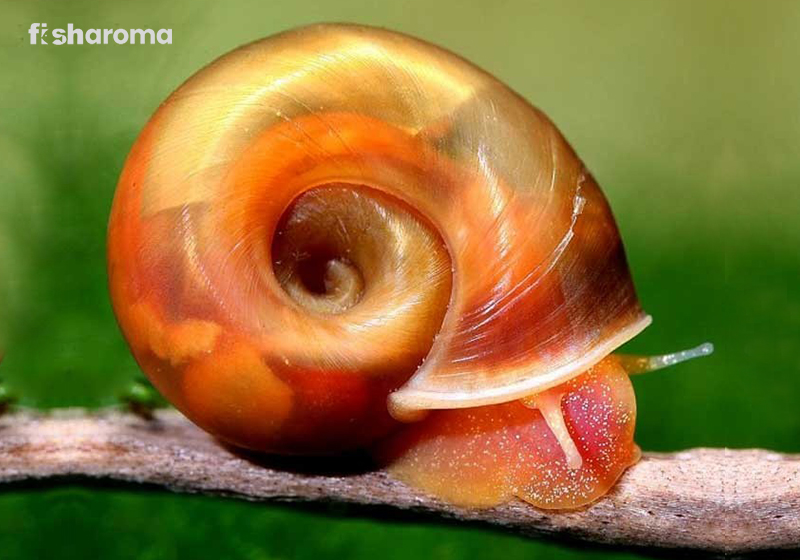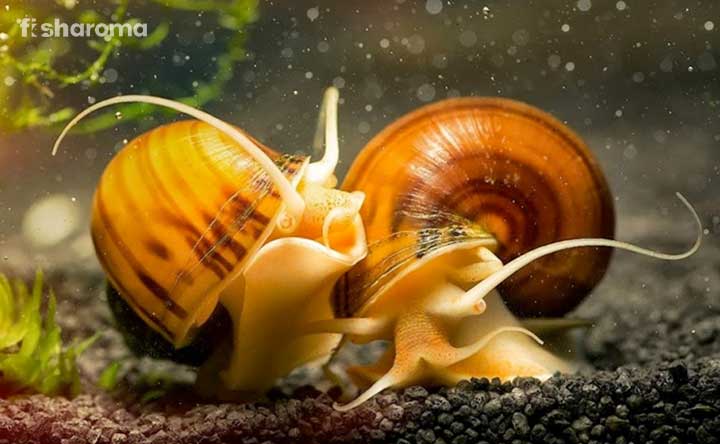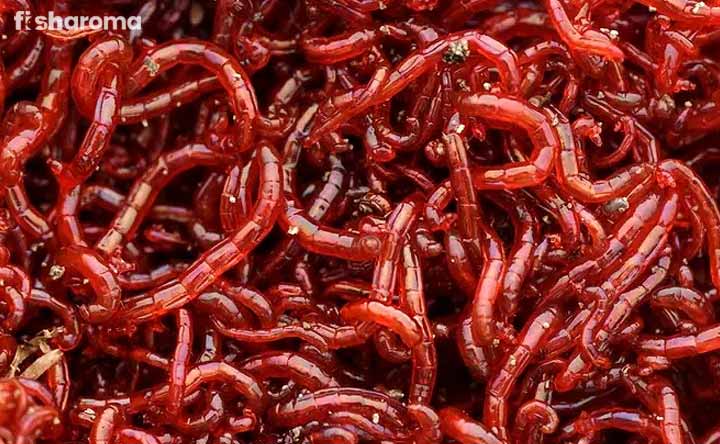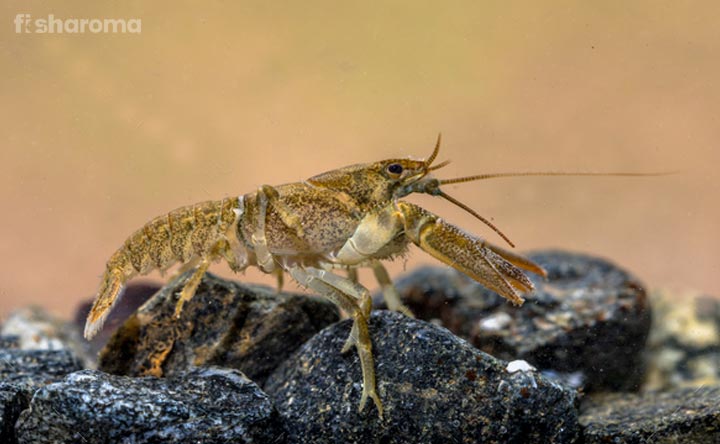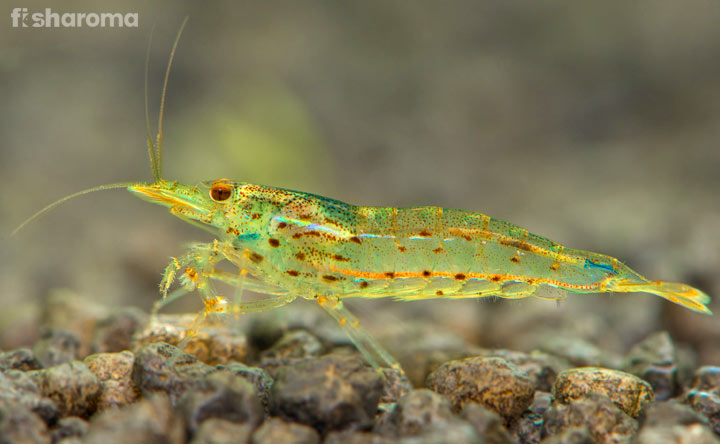Whisker Shrimp: A Complete Care and Species Guide
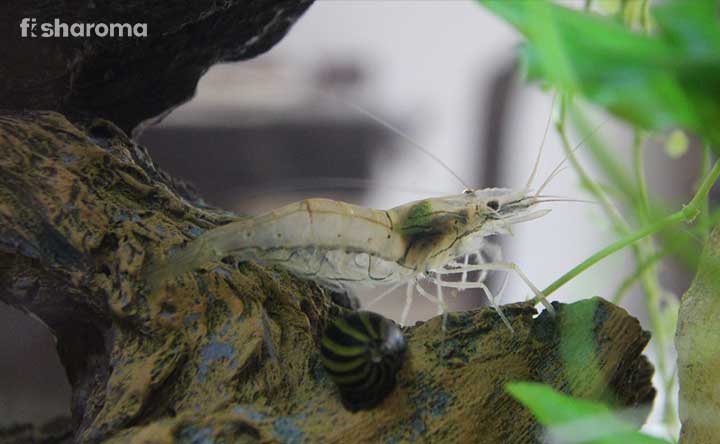
- Origin & Habitat of Whisker Shrimp
- Appearance of Whisker Shrimp
- Behaviour of Whisker Shrimp
- Lifespan of Whisker Shrimp
- Diet of Whisker Shrimp
- Tank Requirements for Whisker Shrimp
- Water Type for Whisker Shrimp
- Suitable Tank mates of Whisker Shrimp
- Breeding of Whisker Shrimp
- Diseases of Whisker Shrimp
- Summary
Whisker Shrimps are little creatures of aggression, which is also known by the name of Indian Whisker Shrimp or Kuncho River Prawn. They uniquely have a transparent body, which includes both their torso and tail.
Out of 300 different species of different size, lifespan and disposition, this breed is mostly similar to a Ghost Shrimp. They are quite similar in appearance, although the whisker variants are comparatively bigger in size.
To make the distinction simpler for our fellow aquarists and hobbyists, let us present you some differences to be noticed if you are looking to add Whisker Shrimps to your aquarium:
| Whisker Shrimp | Ghost Shrimp |
| They can not eat as much Algae as Ghost Shrimps. | They have a good Algae consuming ability. |
| They have a clear transparent body just like the Ghost Shrimps, but they can be differentiated from the other from their size difference. Whisker Shrimps grow bigger in size and have a more elongated body. | They have a similar transparent body but they don’t grow as big as the Whisker Shrimps. |
In our complete care and species guide for Whisker Shrimps, we present you with a detailed compilation of every piece of information needed. If you are planning to add these beautiful species of shrimps to your tank, we got you.
Key Specifications
Here goes a few key elements you need to check before you get started:
| Scientific Name | Macrobrachium lamarrei |
| Origin | Biratnagar in Nepal. |
| Lifespan | 1-2 years |
| Colours/Patterns | Transparent or semi-transparent greyish-white or white with light brown-ish hues along with greenish-brown pigments around the cephalothorax region. |
| Temperament | Aggressive |
| Size | 2 inches |
| Diet | Omnivorous Scavenger |
| Family | Palaemonidae |
| Compatibility | Dangerous to fish and shrimp alike. |
| Tank size | 10 gallons |
| Care level | Very easy. |
| Water preference | Freshwater |
Overview
Scientifically known as Macrobrachium lamarrei, the Whisker Shrimp is very unique and striking as a breed. Beautiful species with a clearly translucent body, this breed is majorly found in fragments of Nepal. They are small, freshwater shrimps, which are easy to care for.
Their feeding process is not taxing either, as they are omnivorous in nature and are also categorized under scavengers. Feeding on all the remains from the bottom section of the tank, and keeping it clean, this variant of crustaceans are extremely aggressive in nature, mostly if they are kept in an overcrowded tank.
Origin and Habitat of Whisker Shrimp
These small and delicate beings originate from Nepal, and are known by the name of Kuncho River Prawn. These phylum arthropods despise the feeling of being overcrowded, their aggression peaks if this criterion is not met.
Moderate usage of plants and decent substrates like gravel, sand or even aquarium soil works just fine. The lighting requirements are not very specific when it comes to Whisker Shrimps, but filters, if added, must be covered with a screen as these small bottom-feeding species might get sucked into it. Space is important for them in the tank with less competition like predatory or bigger bottom-feeders like Plecos or Loaches.
Appearance of Whisker Shrimp
They have a bewitching, and indeed a dazzling appearance as their see-through greyish translucent body is very interesting, visually. About 8 ventral and 9 dorsal teeth sticking out of their beak, known as the rostrum is one of their key features, especially during the time of their aggressive attack.
Still, the two sexes of this breed have some differences. If you are looking to breed them, you must know that the male Whisker Shrimp are smaller than the females.
Size
They are small crustaceans that only grow about the size of 2 inches.
Colour
They have a translucent body with colours ranging from shades of white, grey to brownish white. Mostly towards the bland range of colours as a result of their see-through body.
Behaviour of Whisker Shrimp
These shrimps are species of immense aggression, especially if they are in a crowded situation, either with plants or aquatic tank mates. Even Ghost Shrimps are not as aggressive as the Whisker Shrimps, as a matter of fact, will most likely overwhelm them as well as tank mates. Well-capable of showing the best of their nature towards small fish, or shrimp, they are definitely not the friendliest of beings to have around in a community fish tank.
Lifespan of Whisker Shrimp
The Whisker Shrimps do not live for too long, lasting for just about 1 year or a maximum of 2-3 years, if kept under strong care. Their life expectancy decreases in captivity, so it is hard to make them live past 12-24 months under aquarium conditions.
Diet
This variant of Shrimps are omnivores, hence feeding them is not rocket science. In fact, they are not very demanding when it comes to food for the scavenger in them. Bottom-feeding beings, these shrimps can survive on a variety of feedable including the remainders or organic matter that gets accumulated around the aquarium bottoms.
Let us have a detailed look at their diet:
- Marimo moss balls
- Small live fish
- Prepared shrimp food like flakes
- Sinking crab sticks
- Lobster bites
- Cucumber
- Spinach
Tank Requirements for Whisker Shrimp
They are extremely easy to care for as a whole, so their tank requirements are not very complex. It still plays a very important role in their survival and lifespan, while kept in an aquarium scenario. Here goes a few tank requirements you must put maximum emphasis on if, you are planning to add these striking creatures to your tank back at home:
Tank Lid
A tank lid is usually very important as they prevent the accumulation of dust in water, or allowing it to reach the bottom of the tank. The Whisker Shrimps exist in the bottom section of the tank, thus any floating dust sinking below and stored in the substrate will be consumed by them; which will make them unwell or might even kill them.
Tank Size
A 10-gallon tank is a clean recommendation, in case you are planning to add more of this breed, about 20 gallons work just fine. They are aggressive, so they require enough room to not feel that way.
Substrate
Not very picky with their substrate, these shrimps do well with a sand or gravel substrate. Other than that, they are also flexible with simple aquarium soil.
Filter
Although a filter is not an absolute necessity, yet shrimps can benefit from a filter, as it keeps the water clean.
Ornaments
We recommend you to not overcrowd the tank with ornaments, as it can affect the aggression factor in Whisker Shrimps. A spacious and less overpowering decoration is always a good choice. A few floating plants, with just a few obstacle type ornament, is a good fit for the shrimp tank.
Lighting
They do not have specific lighting requirements, but keeping the lighting balanced is good.
Presence of Flora
The cover of vegetation should not be very thick, as this compliments the shrimp’s temperament. Although, flora benefits the shrimp, so ample presence of cover, but enough space for them to not feel overwhelmed is a fit choice.
Cleaning Method
Whisker Shrimps like most species of shrimps, are great cleaners. They can consume most matter in the tank, still, an additional tank is always beneficial. Too much cleaning is not necessary as a result of their natural behavioural gift. Still, the water should be replaced from time to time to prevent diseases from spreading and making the water toxic, which is detrimental to the shrimp’s livelihood.
Water Type for Whisker Shrimp
Water Type or the water parameters are really important when it comes to the fish’s livelihood. The profile is something that is better to be maintained first, if you are planning to work on a tank.
Cutting to the chase, we know the importance of a proper water profile. Here are a few things you need to know:
| Hardness | 2-14 dGH 1-8 dkH |
| Temperature | 24-30 Degrees Celsius |
| pH | 6.5-8.0 |
| Nitrate | Less than 20 ppm. |
Hardness
Water hardness is a really important parameter for the life of the tank. Incorrect water hardness can seriously harm the fish as it is important for their breeding and survival. A hardness of 2-4 dGH and 1-8 kH is required.
Temperature
A temperature of at least 24-30 Degrees Celsius is important, this variant of freshwater shrimps prefer their water warm.
pH
The water pH has been directly linked to the shrimp’s health. These invertebrates require a minimum pH range of 6.5-8.0.
Nitrate
Nitrate is a non-toxic substance, still, the excessive concentration of it in the water can harm the shrimps. A balance in nitrate level, which is less than 20 ppm is beneficial as nitrates have some rewarding qualities that are important for the shrimp’s health.
Compatibility of Whisker Shrimp
They are not very compatible as a result of their known anger in temperament. These shrimps will consume most small fishes, and even other shrimps. With even snails not spared, there are few hardy tank mates that can exist well together.
Suitable Tank mates
Although, there are not many suitable tank mates as a result of their temperament and scavenger nature; there are some hardy breeds of superior fishes that can compatibly exist with Whisker Shrimps. They are:
- Cichlids
- Goldfish
Freshwater Snails like:
- Mystery Snails
- Gold Inca Snails
- Ivory Snails
- Ramshorn Snails
- Japanese Trapdoor Snails
- Nerite Snails
- Gold Inca Snails
- Rabbit Snails
Unsuitable Tank mates
The Indian Whisker Shrimp is a freshwater shrimp, which is not compatible with most small fishes or shrimps. Only tough fishes who can defend themselves, and belong to the peaceful community are a good match. That leaves huge room for unsuitable tank mates. Any fish, shrimp smaller than them who cannot defend themselves, end up being their prey. On the other hand; if the species sharing the tank with them is too big and aggressive themselves, they will easily make the Whisker Shrimp their prey, which is not good either.
Breeding of Whisker Shrimp
Breeding is not necessarily an easy thing to pull off, especially in the case of Whisker Shrimps. There are certain demands that need to be met in the tank, to pull this off successfully.
Below we present you with some things you need to keep in mind while trying to breed a Whisker Shrimp:
The temperature in the tank should not go beyond 27 Degrees Celsius. Minimum cannot be less than 18 Degrees Celsius. The male and female shrimps need to be placed in the same tank, as the female shrimp is usually bigger than the male, one single is successfully able to mate with at least two females with eggs.
After the process of fertilization, the female needs to be securely moved from the tank to another separate tank. The process is expected to be carried out with utmost safety, as it is probably the most important step in the process of breeding. The female shrimps although, have a tendency to spoil their eggs by dropping it on feeling stressed. The process of fertilization takes about 24 days for the off-springs to hatch into their juvenile form.
Diseases of Whisker Shrimp
Diseases are fatal and early detection of the disease itself acts as a lifesaver. Some common diseases in freshwater shrimps include:
- Scrutariella japonica– It is a very well-known shrimp parasite, ideally a Temnocephalidan. In easier words, it is a sort of flatworm that lives in the mantle, or gill region of the shrimp. These are a series of finger-shaped appendages that extends from the rostrum area of the shrimp.
- Vorticella– It is a ciliate protozoan showing up as a ring of hair-like stalks. These stalks are usually found in clusters, attached to the appendages and rostrum.
- Ellobiopsis– Mostly elongated and green stalks cylindrical in shape penetrate from the shrimp’s body.
Treatment
The salt cure is a good cure for most shrimp diseases and ailments. Dipping Scrutariella Shrimp victims in a concentrated solution of salt, with the application of only one tablespoon of it helps. Other than that, these are the few things you can do to avoid your Whisker Shrimp in the tank from getting sick:
- A poor diet can be a root cause of diseases, which may ultimately lead to death.
- Water parameters need to be kept in check, instability in that will affect the shrimp.
- Isolating and quarantining the affected shrimp is suggested to stop the infection from spreading.
Summary
All in all, the Whisker Shrimps are majestic creatures of immense uniqueness and aesthetics. They are not that hard to care for, and you can keep them as a safe addition to your tank, if the requirements are properly met. They look good in the tank and their cleaning ability also adds to the aquarium’s advantage. All these factors, and definitely their appeal make them a fitting choice for you to keep.
Similar Care Guides you may like
- Cherry Shrimp Care Guide: This omnivorous variant of Shrimps is of utmost beauty, and the best thing about them is their easy maintenance routine.
- Care Guide of Flower Shrimp (Bamboo Shrimp): Another similarly unique variant of Shrimps, this small-medium sized vibrant beauty is the one to keep an eye out for.
- Amano Shrimp Care Guide: These shrimps have a similar appearance to the Whisker variant, it may appear so as a result of their transparent to greyish bodies.



